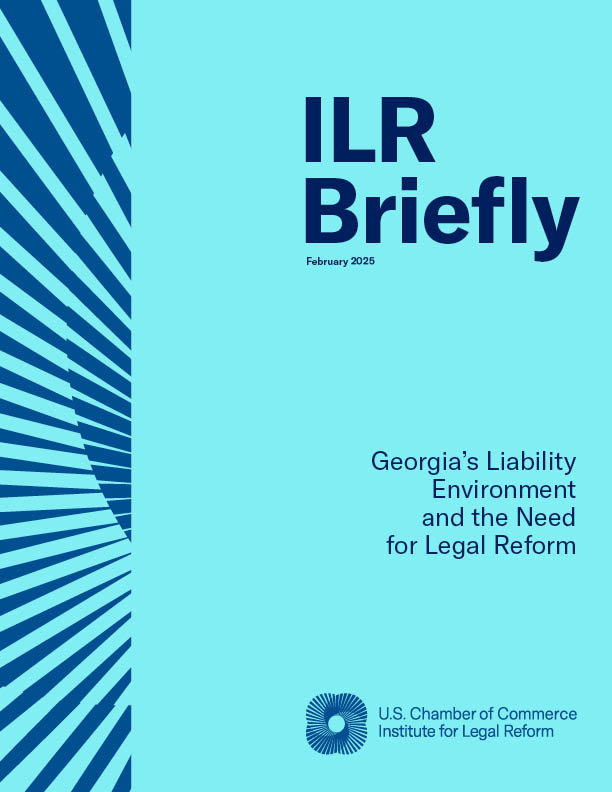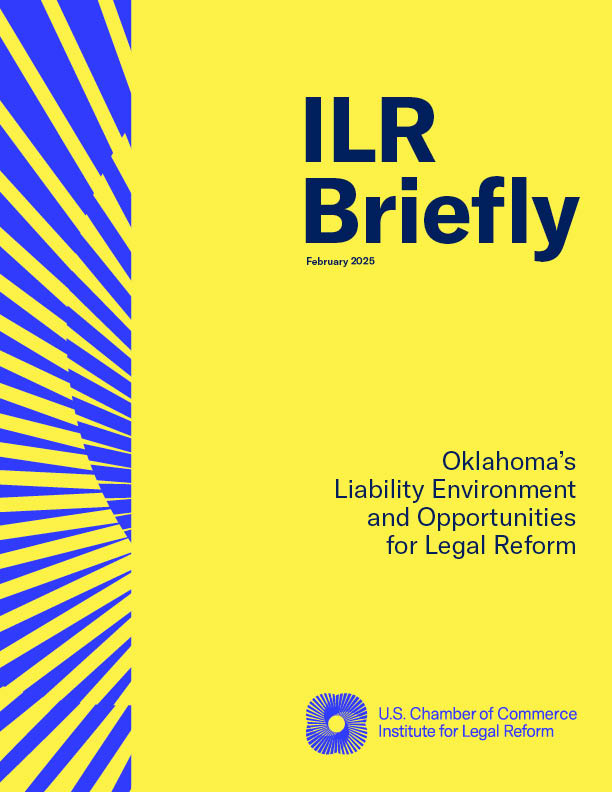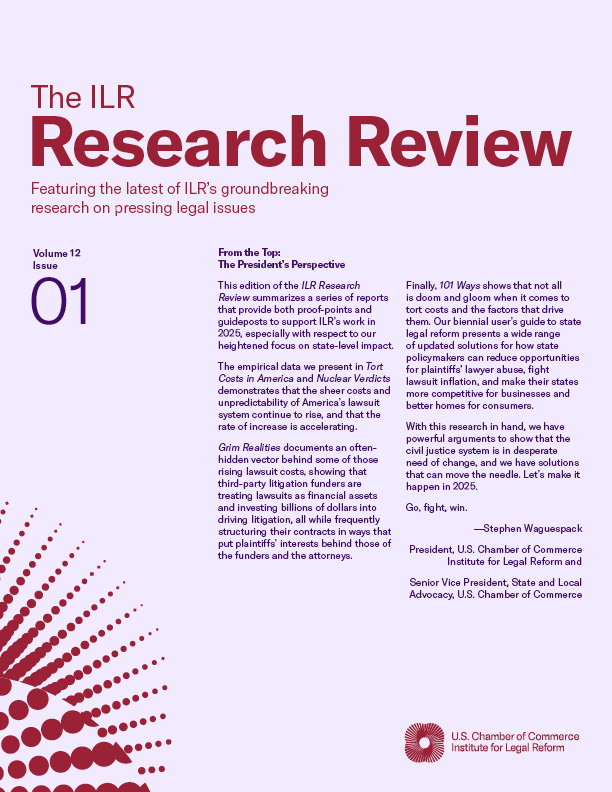Third party litigation funding (TPLF) provides financing to claimants or their lawyers for litigation costs in exchange for a portion of any recovery from the dispute. The TPLF industry has its origins in financing insolvency proceedings. Following the High Court’s endorsement of third party investment in litigation in Campbell’s Cash and Carry Pty Ltd v Fostif Pty Ltd (2006) 229 CLR 386, there has been a growth in the number of proceedings financed by litigation funders. The principal area of growth has been the prosecution of complex torts or business disputes and class actions.
Despite this shift in the litigation landscape, the Australian government has taken a largely hands-off approach to the regulation of the TPLF industry. For example, litigation funders are exempt from the Australian Financial Services License (AFSL) requirements as provided for in Chapter 7 of the Corporations Act 2001 (Cth) (Corporations Act). Additionally, they are not bound by the professional rules or the fiduciary obligations that govern lawyers in their dealings with the Court and their clients. As a result, litigation funders operate with minimal regulatory oversight.
An Oversight Regime for Litigation Funding in Australia examines the adverse consequences of the current largely unregulated environment, including:
- An increase in the number of filed and threatened claims;
- Conflicts of interest arising between the litigation funders, the lawyer and the claimant, as a consequence of litigation funders exerting a significant degree of control over strategic decisions concerning the litigation process and any settlement;
- A potential increase in prolonged litigation;
- Lawyers potentially side-stepping the prohibition in Australia on charging contingency fees by creating litigation funding vehicles and/or acting in matters funded by entities in which they have a financial interest;
- The advent of “fly by nighters” operating in the Australian market, meaning claimants and defendants cannot be confident that a litigation funder will remain solvent, or have sufficient financial resources to pay legal fees, disbursements and any adverse costs order in the event the litigation is unsuccessful;
- The absence of an adequate requirement to disclose key information to claimants who avail themselves of a litigation funder’s services.
In An Oversight Regime for Litigation Funding in Australia, Nicholas Mavrakis and Stuart Clark propose various amendments to Australian law to address these consequences and bring litigation funders within the type of regulatory oversight applicable to other providers of financial services. Specifically, the authors propose the following measures:
- Licensing: A litigation funder should be required to hold a license of a specific class. Entry into the Australian market should be limited to those funders that meet the license requirements.
- Enforcement Authority: The Australian Securities and Investment Commission (ASIC) should be the designated regulatory body responsible for the administration and enforcement of this licensing regime. ASIC should be empowered to exercise the powers and discretions it presently exercises over the AFSL regime.
- Special Conditions: As a license holder, a litigation funder should be required to comply with the specific conditions of its license, such as capital adequacy requirements, disclosure rules, and breach reporting, to name just a few of the minimum conditions detailed in the paper.
Finally, the authors suggest that, as an alternative to a separate licensing regime, regulation of the industry could be achieved by requiring litigation funders that operate in Australia (and any person involved in providing services to TPLF schemes) to hold an AFSL. If this approach were preferred, the obligations imposed on ordinary AFSL holders would automatically apply to licensed litigation funders. To the extent that the specific conditions that should apply to litigation funders were not reflected in the existing AFSL regime, they could be introduced as conditions of a litigation funder’s obtaining and maintaining a license.
View PDF


